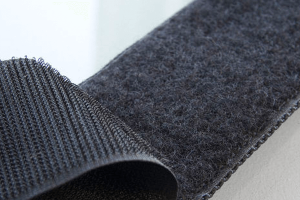Reflective strips, a key component in safety and visibility enhancement, serve the primary purpose of reflecting light back to its source. Industries ranging from construction to athletic wear utilize these strips to ensure visibility in low-light conditions. This article delves into the nuances of reflective strips, highlighting their uses, types, and benefits.
Types of Reflective Strips
Reflective strips come in various forms, each designed to meet specific requirements and applications. Here are the main types:
- High-Intensity Prismatic (HIP): HIP reflective strips offer superior brightness and durability, making them ideal for traffic signs and outdoor safety equipment. They boast a lifespan of up to 10 years.
- Glass Bead Technology: This type uses tiny glass beads embedded in the material to reflect light. It's commonly found in safety vests and reflective tapes for clothing.
- Microprismatic Technology: These strips use prismatic cells to reflect light, providing high visibility at longer distances. They are perfect for emergency services and road safety.
Applications
Reflective strips play a crucial role in various sectors:
- Traffic Safety: Applied on road signs, barricades, and cones to enhance visibility and reduce accidents.
- Personal Safety: Incorporated into athletic and outdoor clothing, safety vests, and helmets to make the wearer visible to motorists during the night or in poor light conditions.
- Industrial Use: Used on machinery, equipment, and in warehouses to highlight obstacles and paths, improving safety in work environments.
Advantages
The use of reflective strips comes with numerous benefits:
- Enhanced Visibility: They significantly increase the visibility of objects or individuals in low-light conditions, contributing to safety.
- Durability: Made from high-quality materials, reflective strips withstand various weather conditions, maintaining their reflective properties over time.
- Versatility: With a range of types and applications, reflective strips meet the needs of different industries and activities.

Cost and Specifications
When considering the integration of reflective strips into products or projects, several factors come into play:
- Material Quality: High-quality reflective strips, such as reflective ribbon, ensure optimal visibility and durability.
- Specifications: The dimensions, specifications, and types of reflective strips directly influence their effectiveness and suitability for different applications.
- Cost: The price of reflective strips varies depending on their type and quality. For instance, high-intensity prismatic strips might be more expensive due to their longevity and superior reflective properties.
Conclusion
Reflective strips serve as a critical tool in enhancing visibility and safety across numerous applications. From traffic signs to personal safety gear, their role cannot be overstated. Understanding the types, applications, and benefits of reflective strips enables individuals and industries to make informed decisions, ensuring safety remains a top priority in low-light conditions.